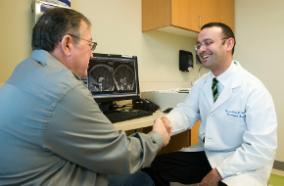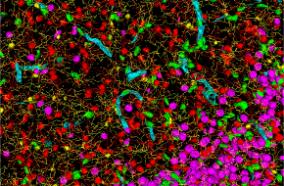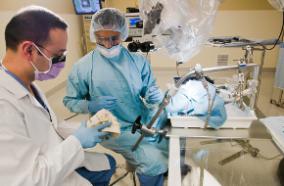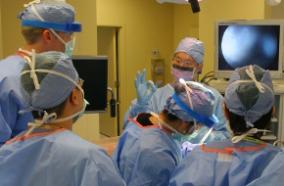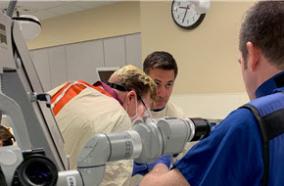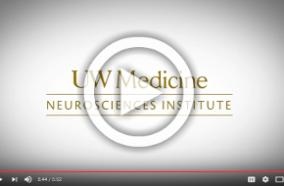The potassium channel Kv4.2 regulates dendritic spine morphology, electroencephalographic characteristics and seizure susceptibility in mice.
The potassium channel Kv4.2 regulates dendritic spine morphology, electroencephalographic characteristics and seizure susceptibility in mice.
Exp Neurol. 2020 Aug 18;:113437
Authors: Tiwari D, Schaefer TL, Schroeder-Carter LM, Krzeski JC, Bunk AT, Parkins EV, Snider A, Danzer R, Williams MT, Vorhees CV, Danzer SC, Gross C
Abstract
The voltage-gated potassium channel Kv4.2 is a critical regulator of dendritic excitability in the hippocampus and is crucial for dendritic signal integration. Kv4.2 mRNA and protein expression as well as function are reduced in several genetic and pharmacologically induced rodent models of epilepsy and autism. It is not known, however, whether reduced Kv4.2 is just an epiphenomenon or a disease-contributing cause of neuronal hyperexcitability and behavioral impairments in these neurological disorders. To address this question, we used male and female mice heterozygous for a Kv.2 deletion and adult-onset manipulation of hippocampal Kv4.2 expression in male mice to assess the role of Kv4.2 in regulating neuronal network excitability, morphology and anxiety-related behaviors. We observed a reduction in dendritic spine density and reduced proportions of thin and stubby spines but no changes in anxiety, overall activity, or retention of conditioned freezing memory in Kv4.2 heterozygous mice compared with wildtype littermates. Using EEG analyses, we showed elevated theta power and increased spike frequency in Kv4.2 heterozygous mice under basal conditions. In addition, the latency to onset of kainic acid-induced seizures was significantly shortened in Kv4.2 heterozygous mice compared with wildtype littermates, which was accompanied by a significant increase in theta power. By contrast, overexpressing Kv4.2 in wildtype mice through intrahippocampal injection of Kv4.2-expressing lentivirus delayed seizure onset and reduced EEG power. These results suggest that Kv4.2 is an important regulator of neuronal network excitability and dendritic spine morphology, but not anxiety-related behaviors. In the future, manipulation of Kv4.2 expression could be used to alter seizure susceptibility in epilepsy.
PMID: 32822706 [PubMed - as supplied by publisher]

